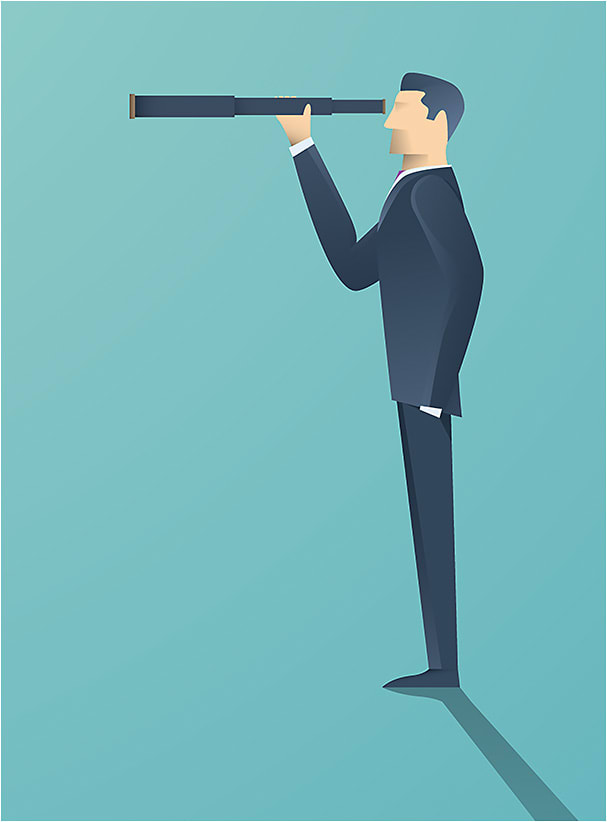THERE ARE TWO PRIMARY ECONOMIC CHALLENGES ON TAP FOR 2019.
One has a very high probability of occurring; the other is more of an unknown but carries a potentially more adverse impact. In either case, we will need to manage our businesses, large and small, through these challenges or our profitability—already hard enough to maintain in this field—will be under intense pressure.
The two challenges:
- The U.S. and global economies are shifting from business-cycle rise to business-cycle decline.
- The additional tariffs the U.S. is threatening to levy against China would directly impact this industry.
It is imperative that we develop contingency plans for both challenges.
Business-Cycle Decline
The leading indicators are pointing toward slowing growth for the economy in 2019 and likely the first one or two quarters of 2020. Beyond these leading indicators—which I will present at The Vision Council Executive Summit meeting on Feb. 1, 2019, in Orlando, FL—we can easily see that rising interest rates, higher consumer prices, and labor issues will continue despite the economic slowdown.
With increasing competition on top of all that, we have our work cut out for us in 2019! We must stay laser-focused on profits and channel our energies there. The top line is a fun story; the bottom line is the real glory.

Tariffs
Have you given any serious thought to what steps you will take if the Trump administration expands tariffs against China to include eyewear and eyewear components? How much of the potential 25% cost increase will you pass through? How much will you absorb? These are legitimate questions to consider.
There are three ways to handle material cost increases:
- Pass them through to the end consumer.
- Absorb the material costs and find efficiency gains within your company to neutralize them.
- Allow your profits to take a hit to the extent the material costs impact your bottom line.
Actually, there is a fourth course of action: You can always sell your business to another concern that either has economies of scale in your space or has prepared another mitigating solution to implement should the tariffs come to pass.
There is no right or wrong answer here; it is a matter of what you think you can handle and what you are prepared to do.
The only option off the table is “wait and see.” If the tariffs are imposed, they will impact everything on the ships yet to dock in U.S. ports and the planes yet to touch down on U.S. soil.
I don’t know anyone who particularly enjoys contingency planning or has the luxury of time for it. I do, however, know people who did not take the pain to go through the exercise. They have lots of time now.

ABOUT BRIAN BEAULIEU
An economist with ITR Economics since 1982 and its CEO since 1987, Beaulieu is also chief economist for TEC, a global organization comprising more than 13,000 CEOs. Previously, he was an economist for the U.S. Department of Labor.



